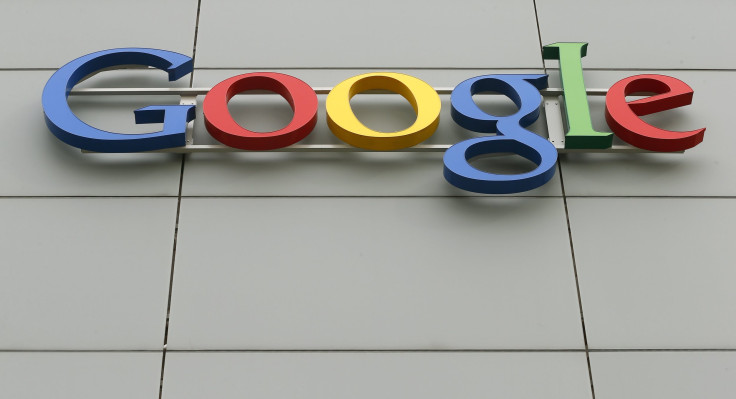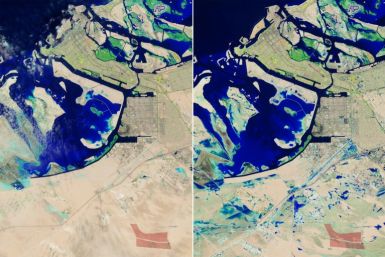Google's Christmas gift to the world: Functional quantum computer 100 million times faster than PC

Imagine doing something in one second that would have otherwise taken almost 10,000 years to complete. Google and NASA are planning to design a similar quantum computer with the help of controversial Canadian quantum-computing firm, D-Wave.
Google announced this week that its quantum computer, originally build by D-Wave, is capable of solving a complex problem 100 million times faster that a conventional computer. The research was carried out in collaboration with NASA.
Scientists at Google have been trying for long to understand the physical processes that govern quantum annealing. The scientists recently programmed their two-year-long learnings into a D-Wave 2X quantum annealer, which is jointly operated by Google and NASA. Google found that its quantum annealer was able to solve problems nearly 1000 binary variables at a much faster pace than conventional simulated annealer running on a single core.
Quantum computing is a relatively complex system. In short, it includes the replacement of traditional bits used in digital communcation with quantum bits called qubits. Not restricting itself to a single binary state, unlike traditional bits, qubits can remain in on/off state at the same time, thus providing an option for faster calculations.
Although 100 million times faster than conventional PC seems attention-grabbing, the experiment was performed only under laboratory conditions. Real-life application of such a system could take some time.
While the technology seems promising, there is still a lot more to be done before it is applied practically. For example, density and control precision between the qubits needs to be improved. The Google engineers wish to support the representation not only of quadratic optimisation, but of higher order optimisation as well.
Contact the writer at feedback@ibtimes.com.au, or let us know what you think below.






